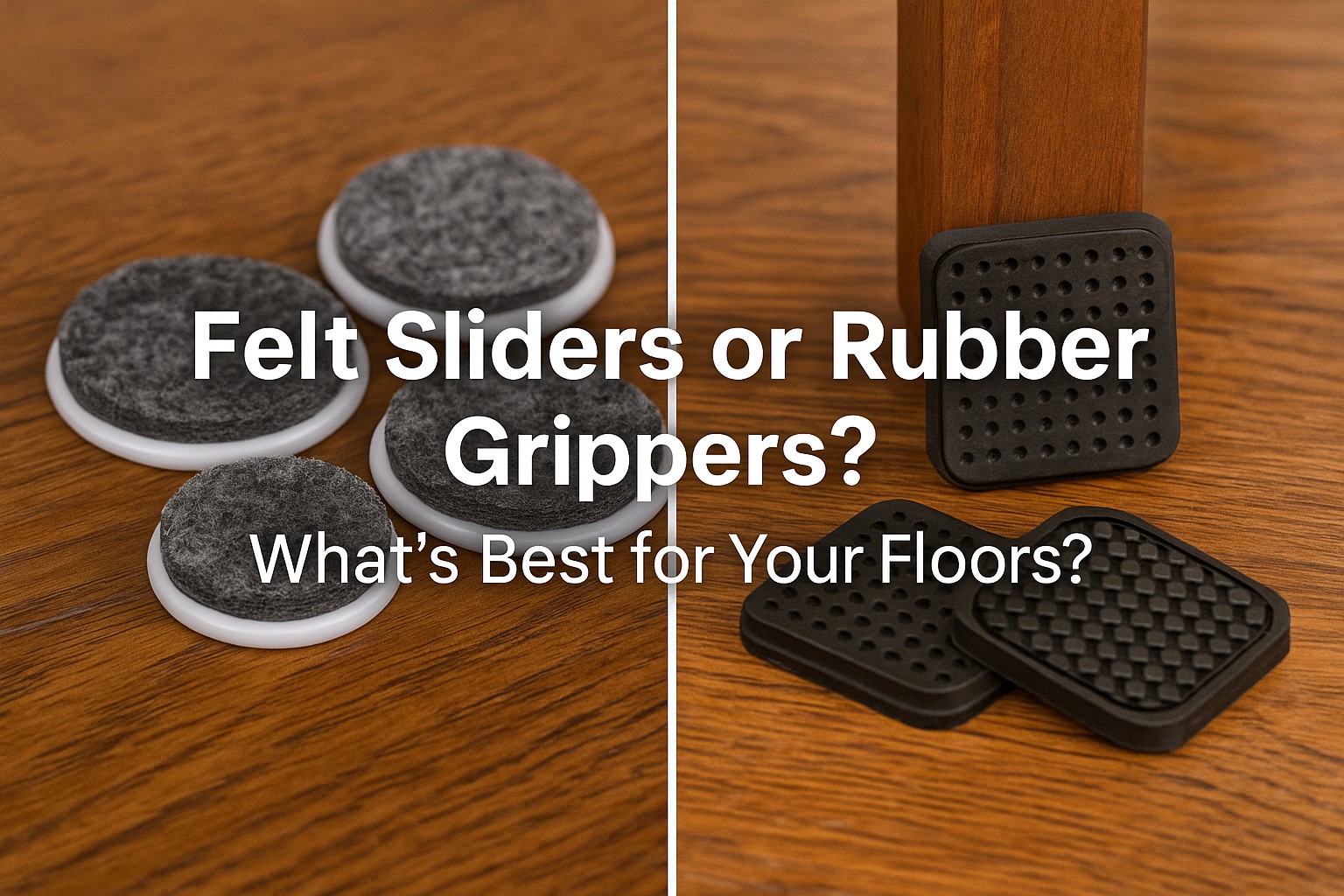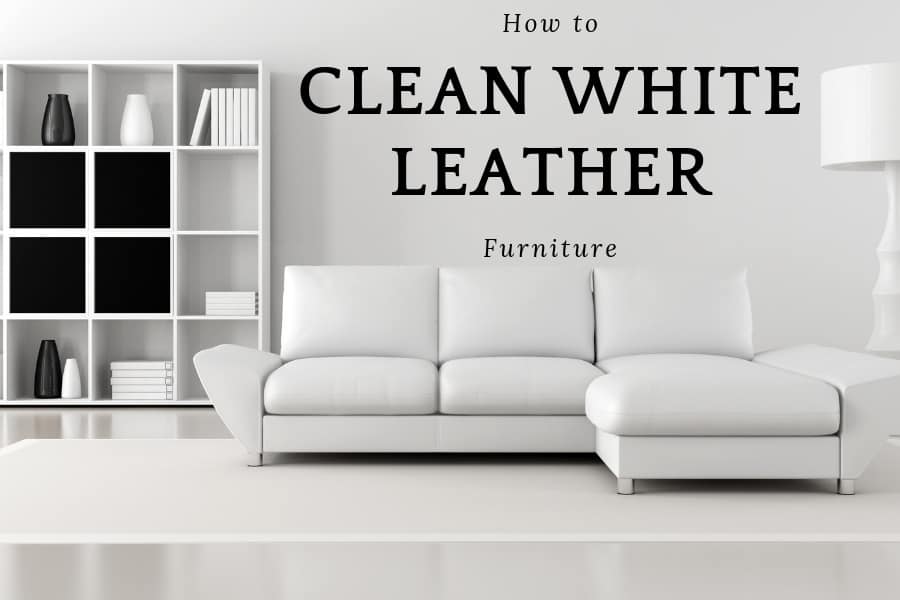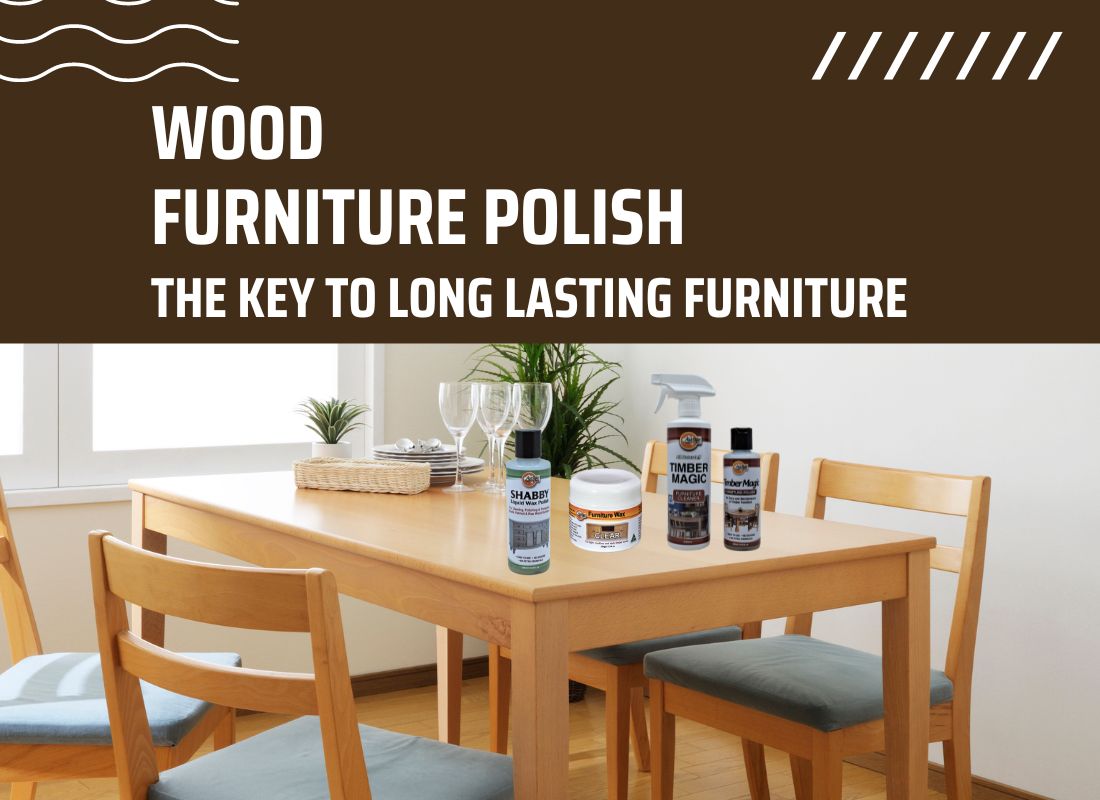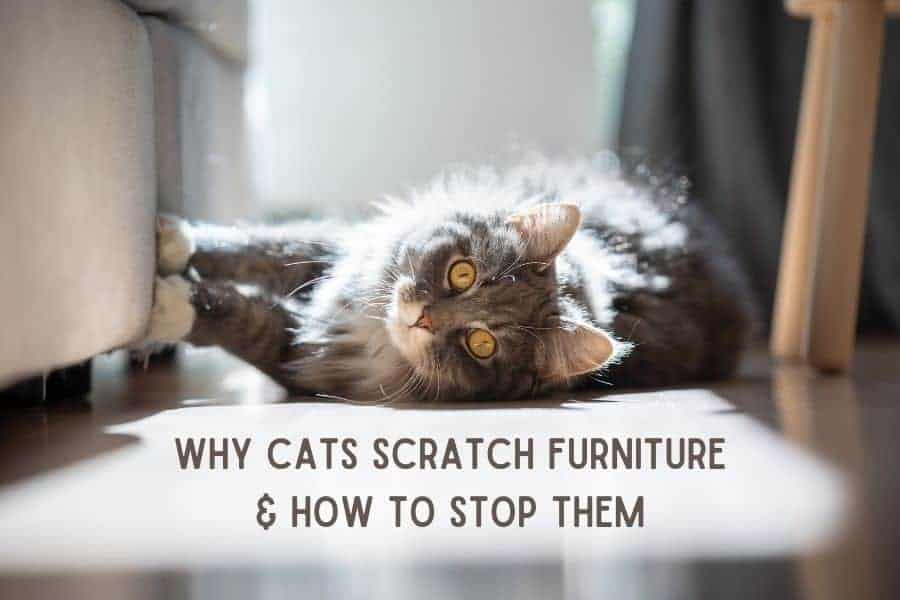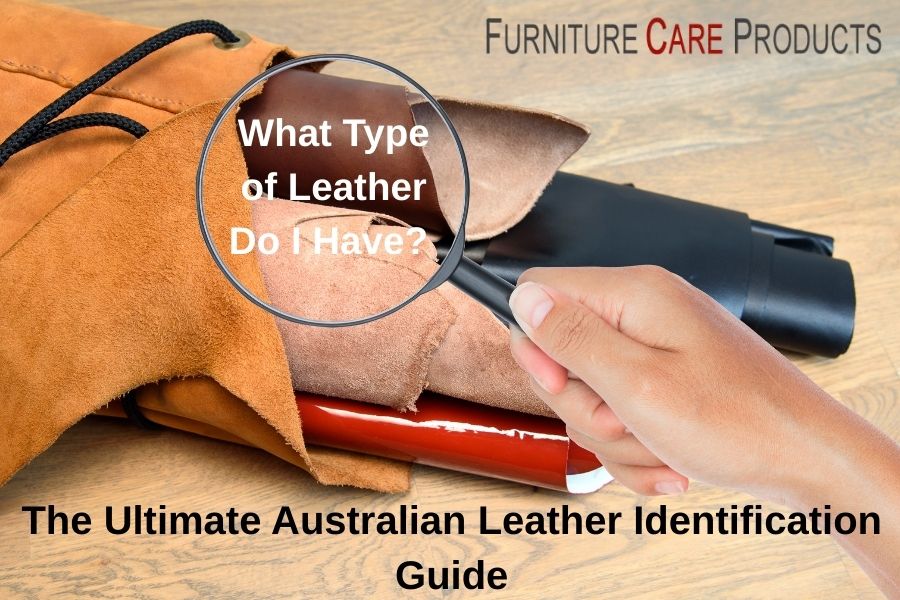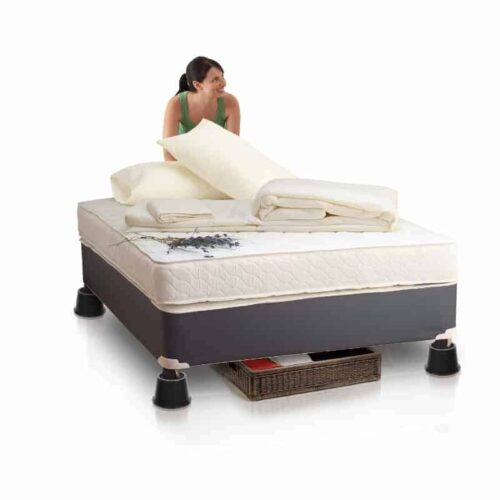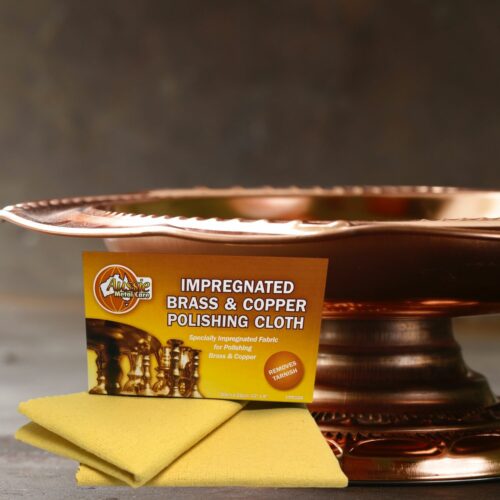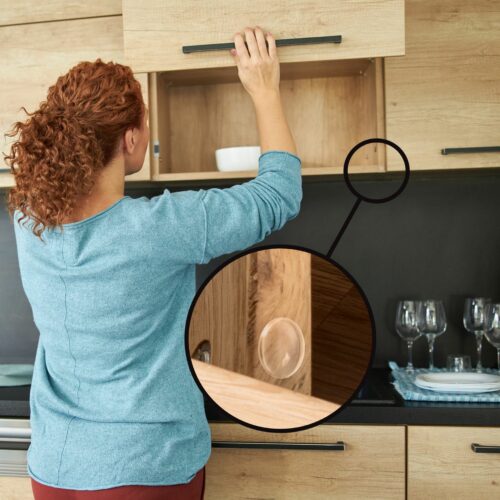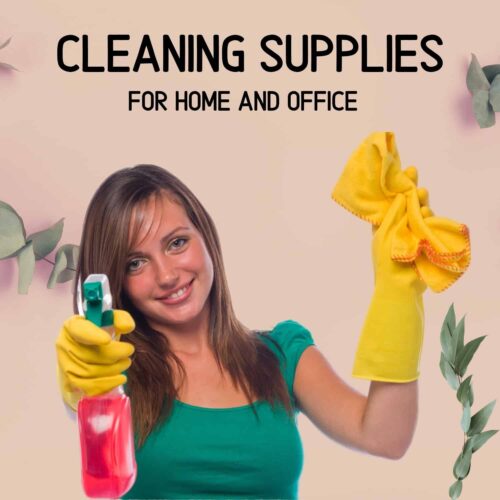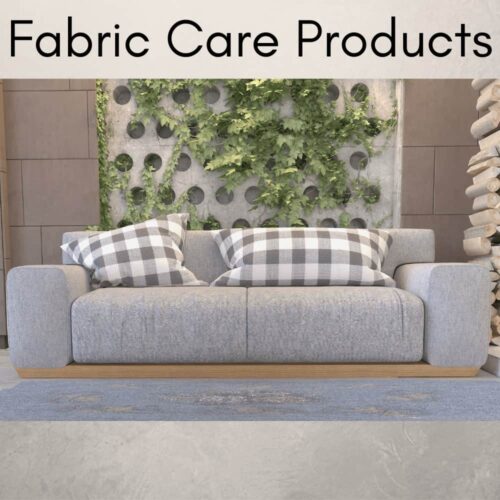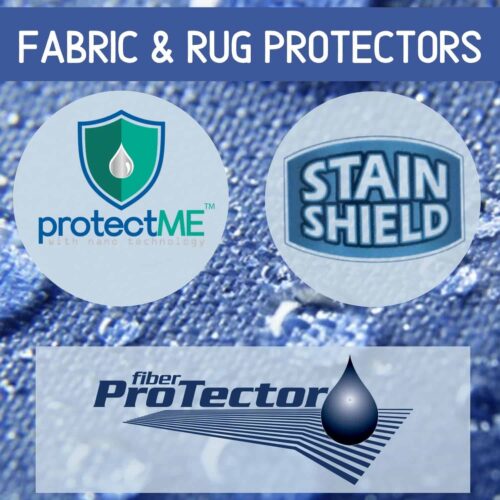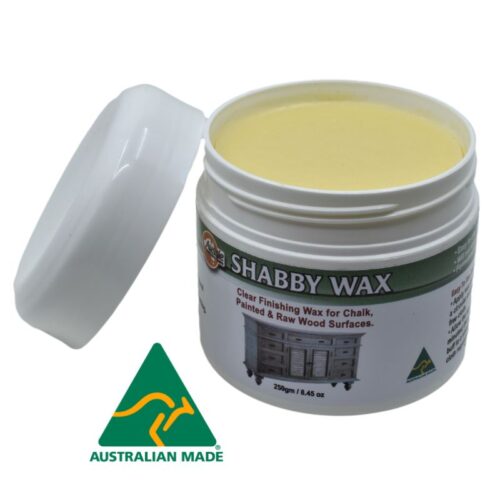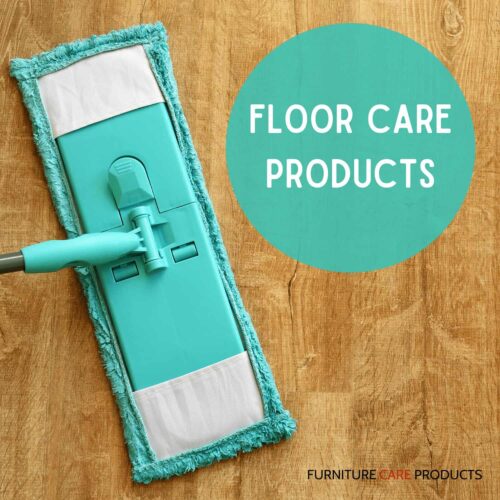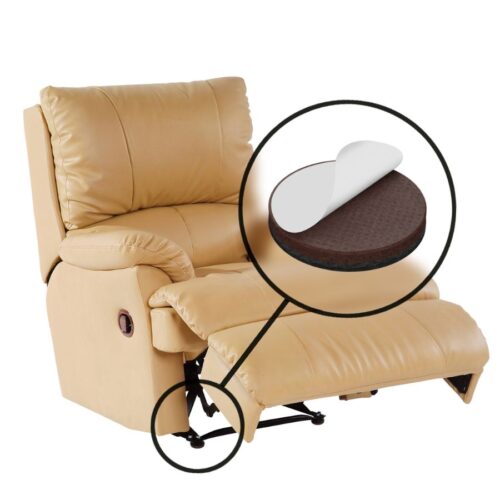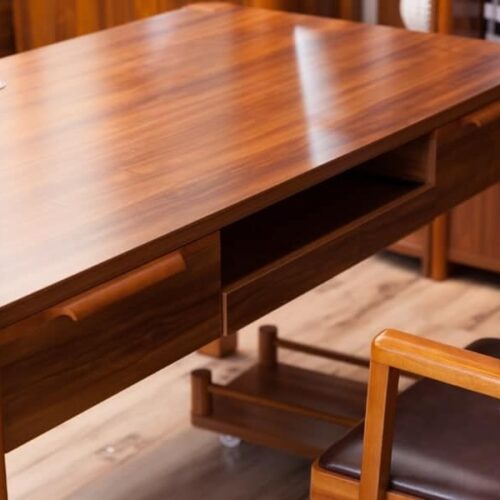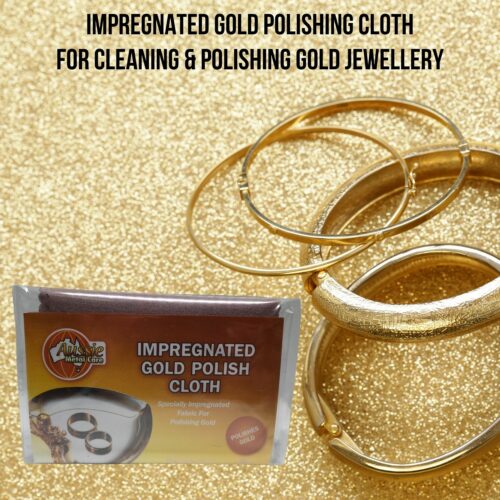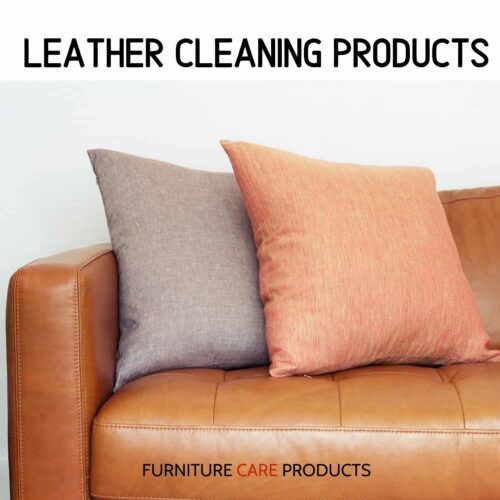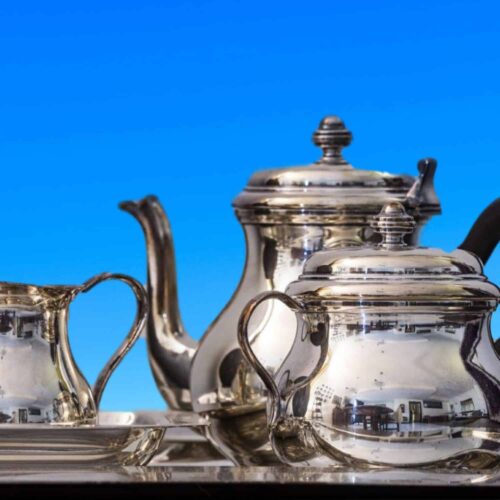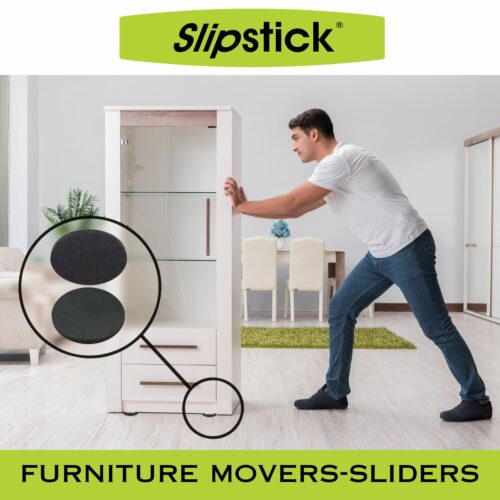Felt Sliders or Rubber Grippers: What’s Best for Your Floors?
If you’ve ever pulled a chair back and winced at the sound — or noticed small marks under the legs of your bed or table — you already know how vulnerable floors can be.
Floor damage doesn’t just happen in big, dramatic ways. It’s the subtle, repeated movements — chairs scraping during dinner, a lounge creeping across polished boards, or even a storage unit shifting under weight — that slowly wear away the finish.
Choosing the right floor protector isn’t just about reducing noise or improving movement. It’s about preserving the quality of your flooring for the long haul.
That’s where two main options come in: felt sliders and rubber grippers. But they serve very different purposes — and knowing when to use each can make all the difference.
What’s the Core Difference?
- Felt sliders allow smooth, gentle movement of furniture across hard floors.
- Rubber grippers keep furniture from moving at all by anchoring it in place.
Both reduce friction. Both prevent direct floor contact. But the way they protect depends on whether you want furniture to slide or stay put.
When Felt Sliders Are the Right Choice
Felt pads are made from dense, soft material that cushions your furniture while letting it glide quietly and easily across surfaces like:
- Timber
- Laminate
- Tile
- Polished concrete
They’re ideal for daily-use furniture that needs to move — dining chairs, stools, lightweight tables.
Benefits:
- Reduces scratching by eliminating hard contact with flooring
- Minimises drag marks, especially on soft timber finishes
- Quieter furniture movement, making them perfect for apartments or shared homes
- Easy to replace or upgrade as needed
Use them for:
- Dining settings
- Kitchen chairs
- Kids’ desks or activity tables
- Lightweight coffee tables
???? Example product: Slipstick CB113 Self-Adhesive Felt Pads
When Rubber Grippers Are the Better Option
Not all furniture should move. In fact, unwanted sliding is one of the biggest causes of floor damage under beds, recliners, or heavy sideboards. Rubber grippers solve this by gripping the floor and absorbing pressure, rather than transferring it.
Benefits:
- Stops shifting that leads to floor scuffs or wall damage
- Absorbs vibration and weight, especially on smooth floors like tile or vinyl
- Prevents furniture “creep” during use (common with beds or recliners)
- No adhesives needed — easy to lift and reposition
Use them for:
- Couches and lounge chairs
- Beds on polished timber or tile
- Bookcases or entertainment units
- Small appliances or pet enclosures
????️ Example product: Slipstick CB149 Gorilla Grippers
What About Floor Damage Prevention?
Both styles prevent damage in different ways:
- Felt sliders are proactive. They allow movement while protecting from friction and scratches.
- Rubber grippers are preventative. They stop motion, which in turn prevents scuffs, dents, and edge wear — especially from heavy furniture.
If you’ve just installed new flooring or are trying to preserve polished boards, it’s worth asking: Do I want this piece of furniture to move — or stay put?
That question alone will guide your choice.
Can You Use Both in the Same Space?
Definitely. In fact, many homes do:
- Felt under dining chairs, where mobility is needed.
- Grippers under sofas, where stability is preferred.
- Sliders on tables that are moved during cleaning.
- Rubber stops under beds or prams that roll too easily.
The key is using each product intentionally, based on the function of the furniture and the type of flooring beneath it.
Final Thoughts
There’s no one-size-fits-all solution for floor protection. But understanding the difference between felt sliders and rubber grippers gives you the freedom to choose wisely — and protect your flooring for years to come.
Whether you need effortless movement or absolute stability, the right floor protector won’t just make life easier — it’ll make your floors last longer.
???? Want to explore examples of each?
